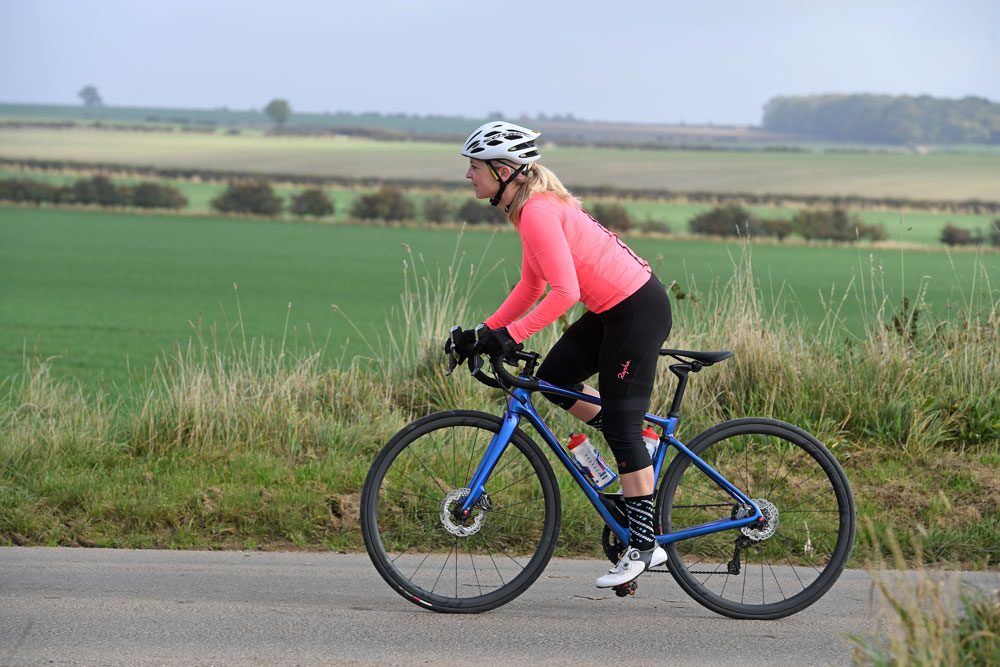Strength training for cyclists: do the gains really justify the time?
Find out if strength training for cyclists will benefit your cycling performance. Discover which exercises to do, how to build your strength training program and common mistakes to avoid
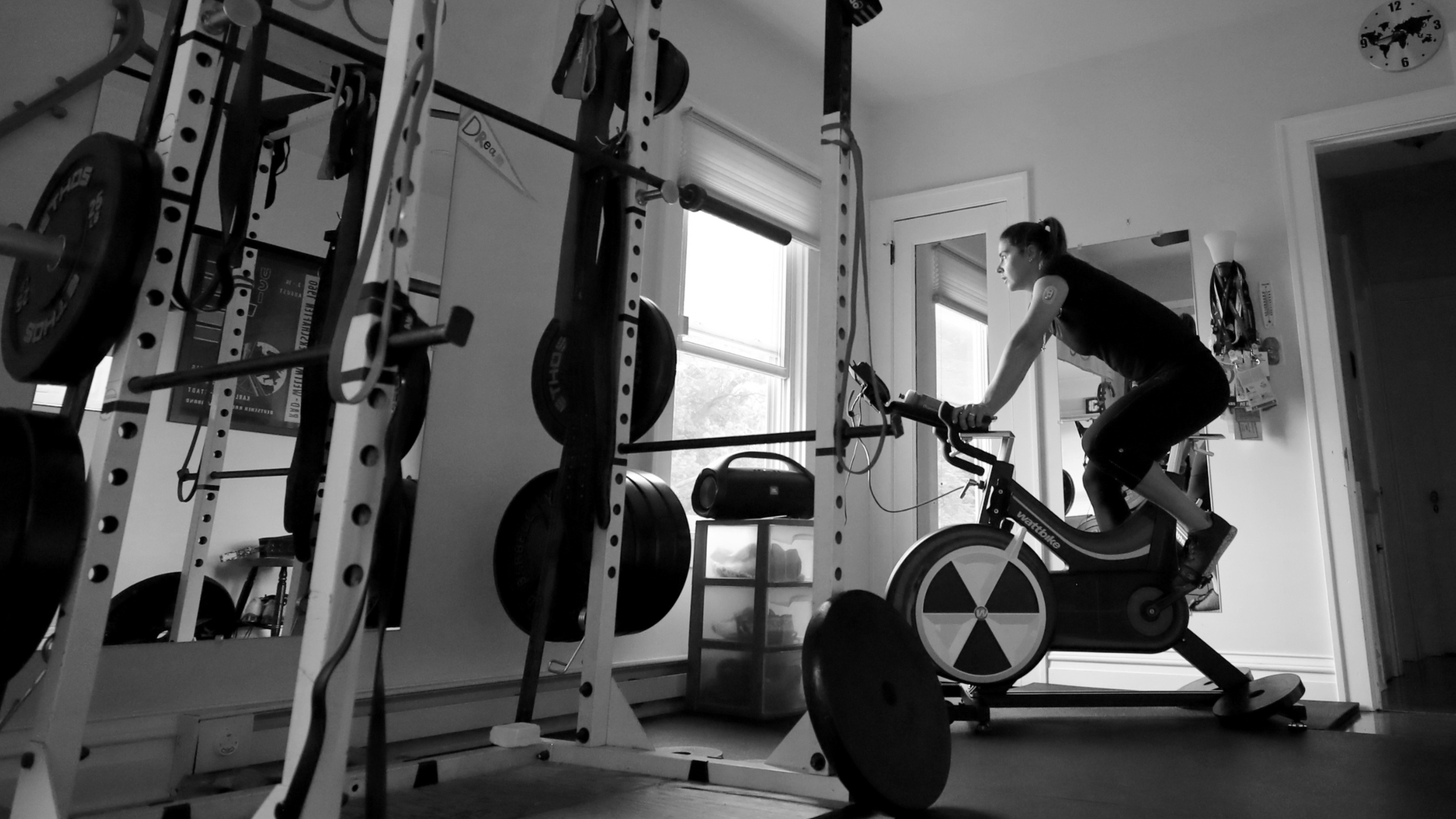
- Why is strength training important for cyclists?
- What does strength training do for cyclists?
- Strength training and injury prevention
- How to implement a cycling specific strength training programme
- Time efficient training
- Mistakes to avoid when starting strength training
- Cycling specific strength training
- Should you try strength training to improve your cycling?
- Example strength training routine for cyclists
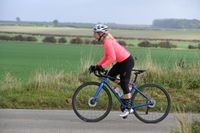
If you are wondering if adding strength training or weight training to your cycling routine is a good idea, hesitate no more. The benefits are huge and can be gained on just a small amount of effort each week, even without leaving your house!
Why is strength training important for cyclists?
As cyclists we love riding our bikes so cycling always comes first, but if you have limited time to train then strength training can help you become a better cyclist without having to increase the time you spend on your bike.
The Endurance Physio, Mike James starts by dispelling some strength training myths: “10-20 years ago we thought strength training was about reducing injury for the athlete but if you dig deeper into the research it is actually all about performance and very little to do with injury. Nearly all markers of performance are improved in an athlete that is stronger.”
Strength and conditioning consultant Neil Lewis who has worked with Team GB and the English Institute of Sport agrees with this view point: “ Attitudes of endurance cyclists to strength training in the last 10-20 years have really changed. There has been a lot of physiological development that has taken place in endurance cycling – when people hit their physiological ceiling, when you have maximised your V02 max and perfected your riding position where else do you go? One of the areas left to tap into is strength and power.”
What does strength training do for cyclists?
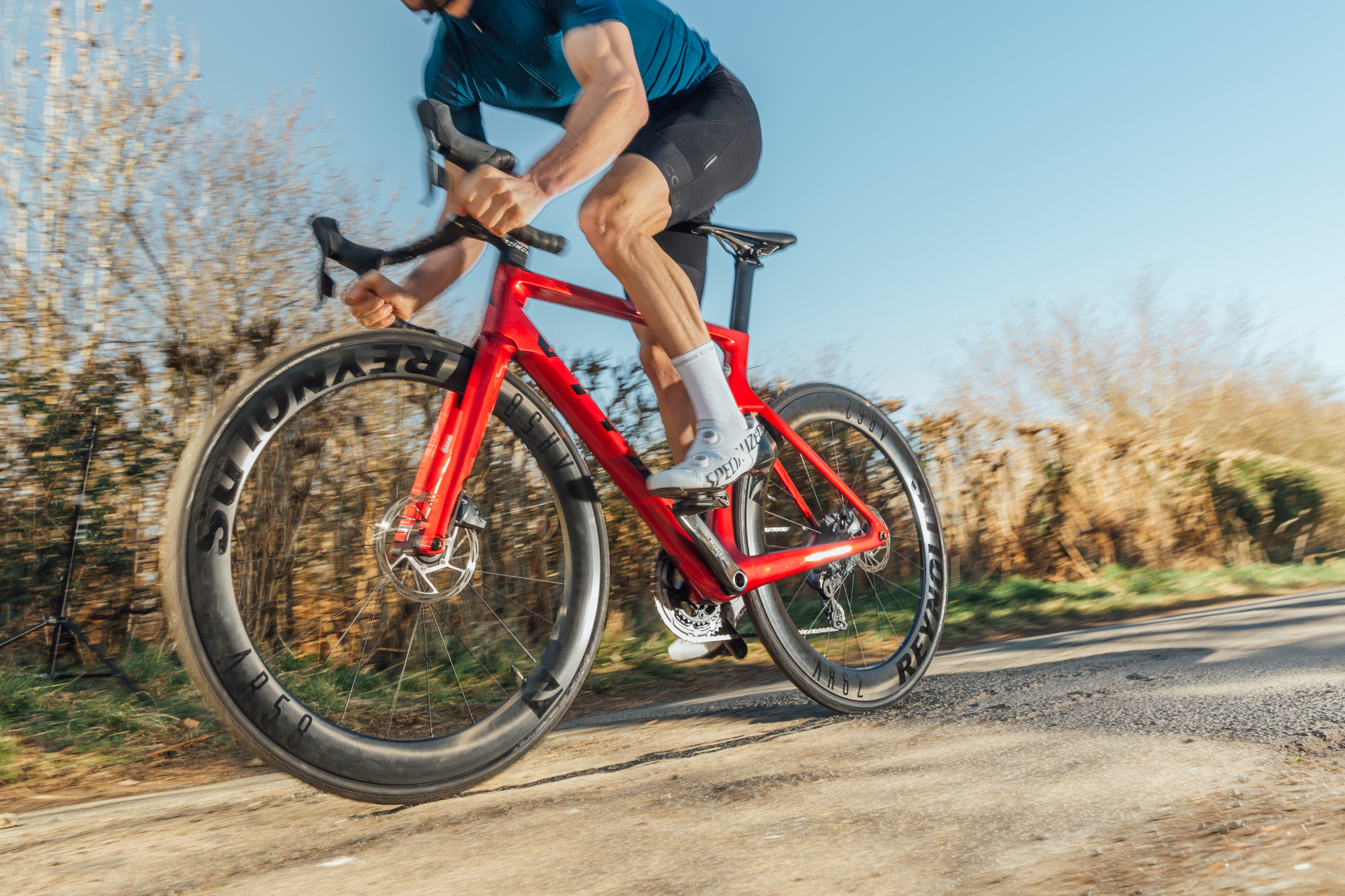
Strength training, done well, increases the force you are able to apply to the pedals, “and if you increase your ability to express force you will go further for every turn of the pedal. You will become more efficient without changing your physiology,” Lewis explains. “Sprint cyclists were doing that a long time ago because it was a speed-power event, but over 5-6 hours if you increase the distance you travel per pedal stroke it is going to improve your pedalling efficiency.”
A simple analogy is the car engine, you don’t have to rev so hard. If you can travel at 100 mph but drop from 5000 rpm to 4000 rpm you are putting less strain on the engine. “If you are covering 100km in less pedal strokes you have some head room, a residual physiology and a reserve for when you need it,” says Lewis. This could mean that you have more left for the sprint or that completing your 100km ride feels easier so you can recover better for the next day.
Strength training and injury prevention
That’s not to say there is no element of avoiding common cycling injuries in strength training. “I don’t hang my hat on an injury prevention but if someone is doing a bit more strength training they are probably riding a bit less and being a bit more aware of their body,” says James. “I believe all cyclists should be doing strength training to improve performance – that is what the research says. The injury reduction is the icing on the cake. When I see a cyclist start to engage in strength training they also start to engage in other off-the-bike work, for example mobility exercises, diet and better rest. It’s another piece of the puzzle of helping cyclists become more resilient.”
The latest race content, interviews, features, reviews and expert buying guides, direct to your inbox!
This is also the message from Lewis: “ Mobility and strength work can be used to reduce volume whilst still increasing your performance. Train smarter not harder – I think that is the key in endurance sport. Do the minimum dose of training to get the stimulus for adaptation you need. Volume and constantly increasing volume increases your risk of injury. With strength training you can do less volume of cycling and still improve.” If doing less cycling seems like your idea of hell, Lewis reminds us “ultimately injury means not being able to do the cycling you love at all.”
How to implement a cycling specific strength training programme
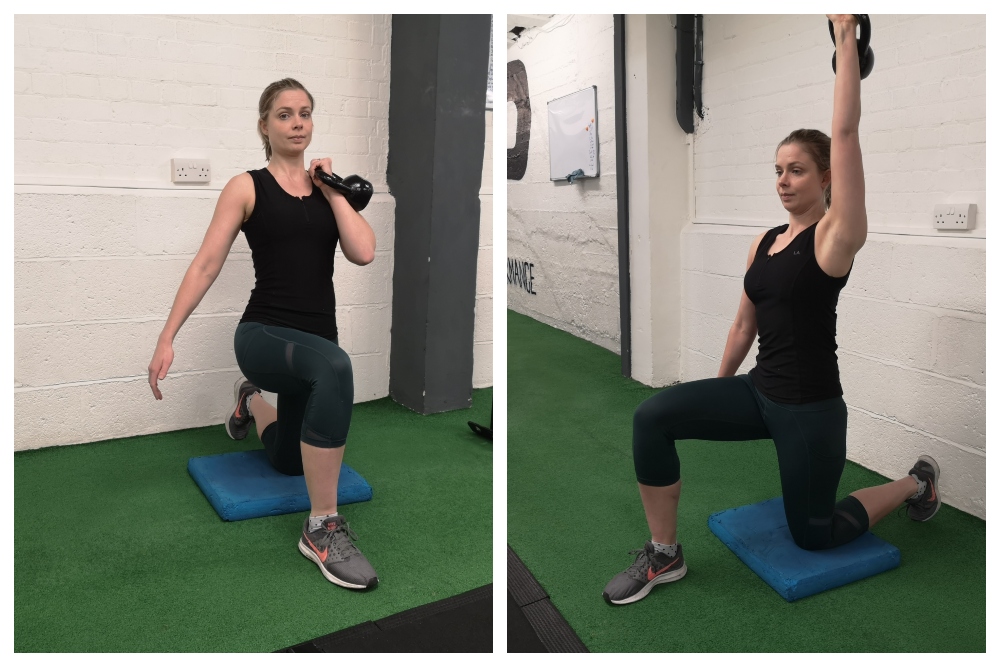
Mike James works with individual athletes, cycling clubs and professionals, he says winter is his busiest time of year for designing strength training programmes: “The off-season is the best time for strength training to be a priority so we can lay the foundations. After 12-16 weeks cycling starts to ramp up and strength training can drop to once a week as a maintenance session.”
Both James and Lewis strongly support doing strength training at home so that it doesn’t create any extra time or financial demands. “You don’t need to join a gym, or waste time travelling to one. Body weight exercises or weights you can find around the house are very effective”, says James. “You can be creative! I have one athlete who does squats with their toddler on their back.” Lewis, more practically suggests filling a rucksack with books when doing squats if you don’t have a toddler available.
Time efficient training
Strength training does not need to take up a significant amount of time, 20-minutes three times a week is the maximum you need to devote to strength work alongside a cycling training plan. James’ phrase is that he is looking for ‘progress not perfection.’
Create a plan that is simple, easy to follow and that you will commit to. “Cyclists need a bish-bash-bosh simple approach that they will do alongside their cycling. If you are telling me you are a busy parent, work full time and realistically all you can do is 20 mins a week then its resistance bands, kettlebells and body weight you can do at home. It’s not the perfect plan, but the perfect plan for you. If you can do it for 12-16 weeks you will be a better athlete at the end of it”.
Lewis encourages people to not find more time for strength training, but reduce their cycling time: “Drop 20 minutes off your cycling volume and add in strength training. It will make a lot more difference. Think of the why. I am investing 20 minutes to make my pedal stroke go further. You won’t get much more physiological adaptation for that 20 minutes on the bike – but you will get strength and force adaptation from the strength work. Cycling will feel easier because you are stronger.”
Mistakes to avoid when starting strength training
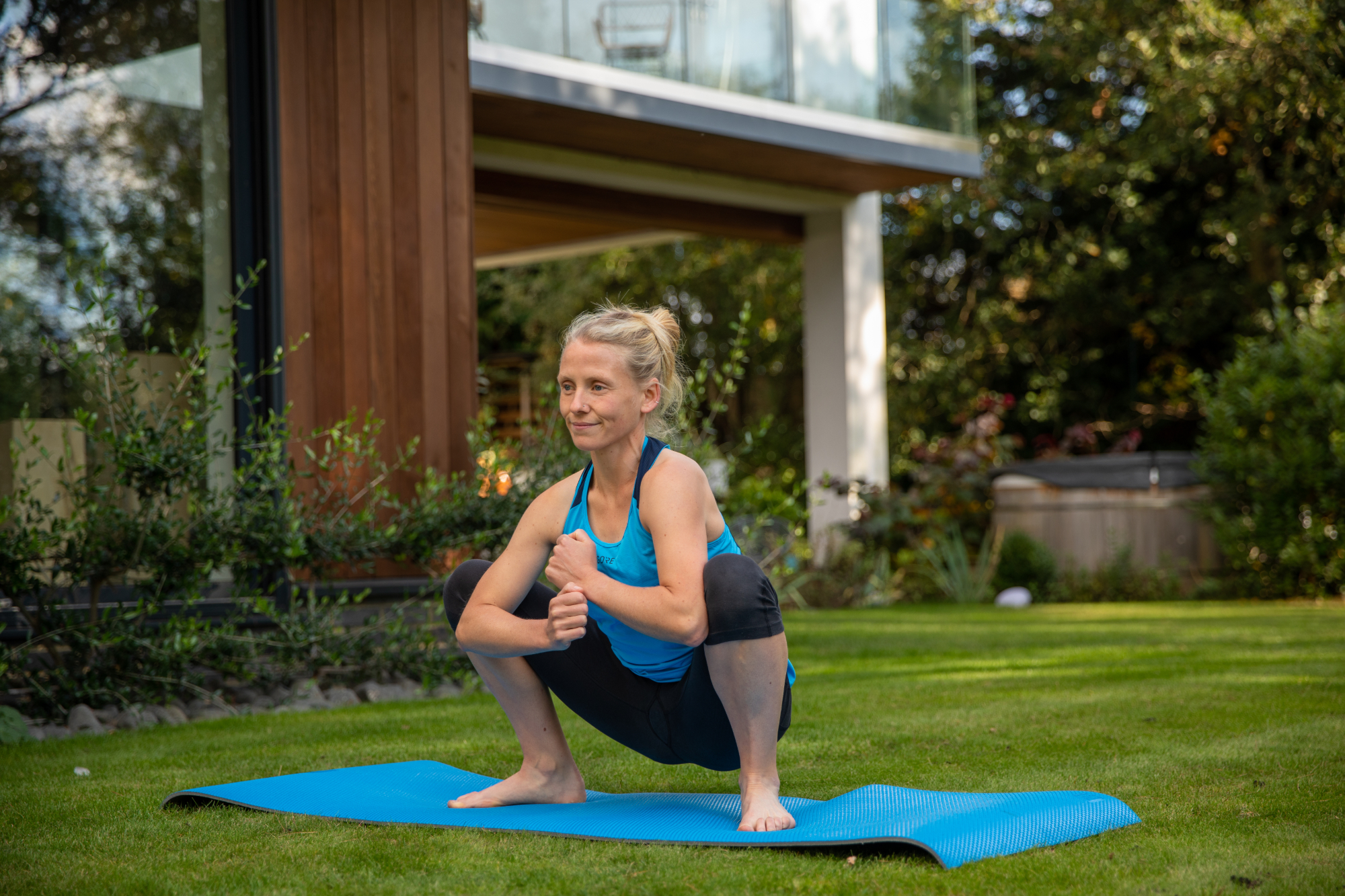
Cyclists can be obsessive, when starting a new strength or weight training program it is easy to go full on from the start and not build training in a progressive way. “You need to build-up a level of conditioning, tissue tolerance”, explains Lewis, “I’d start building up with body weight before even thinking about adding any extra external weight.”
It can also be hard to keep weight training going as the amount of cycling you do increases. “ What you will get with most cyclists is they will have a period of off-season where they start cycling and strength training plans simultaneously. As the two ramp up hand in hand it is the strength training that gets dropped,” explains James.
Cyclists worry that they may give themselves an injury from poor technique but Lewis says this is unlikely, until you start adding external weight: “You don’t need a lot of expertise, go on YouTube there are really good examples of how to do it correctly. Remember, if you are someone who has just sat on a bike for many hours just body weight will feel hard, but it won’t be unsafe.”
Cyclists are notorious for being inflexible and lacking in balance when not on their bikes. “If your balance and mobility is poor, using towels and bands can help your technique so you can find the depth you want in the squats without compromising your posture,” suggest Lewis, “as you start to develop strength you may want to progress to adding weight. It is at this point you would benefit from having someone external to watch your technique.”
As with any training plan, a strength training or weight training plan should be unique to you. As a physiotherapist James cautions about beginning strength training with a pre-existing injury: “In a perfect world I am a big fan of all body movement; multi-joint, multi-muscle moves such as squats, lunges and deadlifts, they are all really good. But if you have specific problems then they may not all be appropriate for you.”
Cycling specific strength training
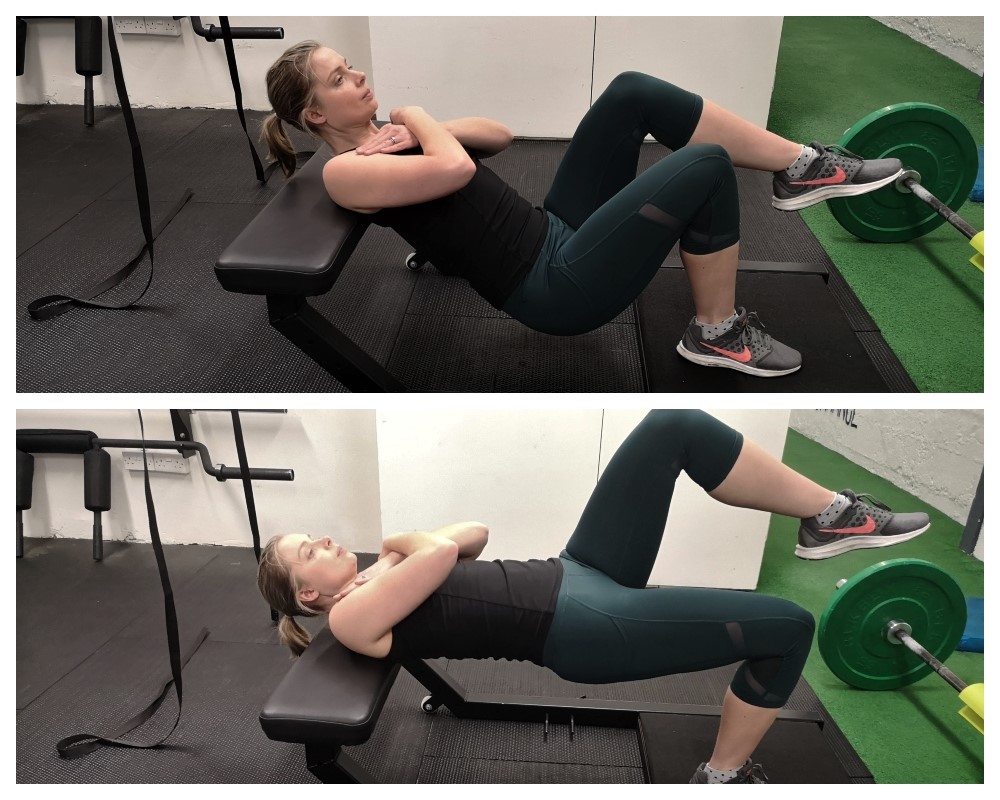
Both James and Lewis talk about the importance of making strength training specific to cycling movements. Lewis explains, “I’d begin by building up your calves, your quads and your glutes so you can push down through each pedal stroke. Then I’d work on the pull action with exercises such as a hamstring curl with a band. The big thing is making it single leg so you can see your weaknesses left and right – symmetry is crucial in cycling.”
James says: “Hip-flexor strength can be done in a general way, and then done again in a more cycling specific posture.” He uses visualisation cues to help people stay engaged and understand the why of what they are doing. “You should be doing these exercises to make you a better cyclist. When they squat I get them to hold the resistance band in front of their body and visualise that they are holding onto the bars. Then the penny drops, that they are doing the squats in a cycling posture.”
Should you try strength training to improve your cycling?
Still not sold on strength training? “I’ve seen athletes get faster without increasing their cycling volume – strength training can be an effective way to leap your performance forward. And you can do it at home, even in front of the telly,” says James.
Example strength training routine for cyclists
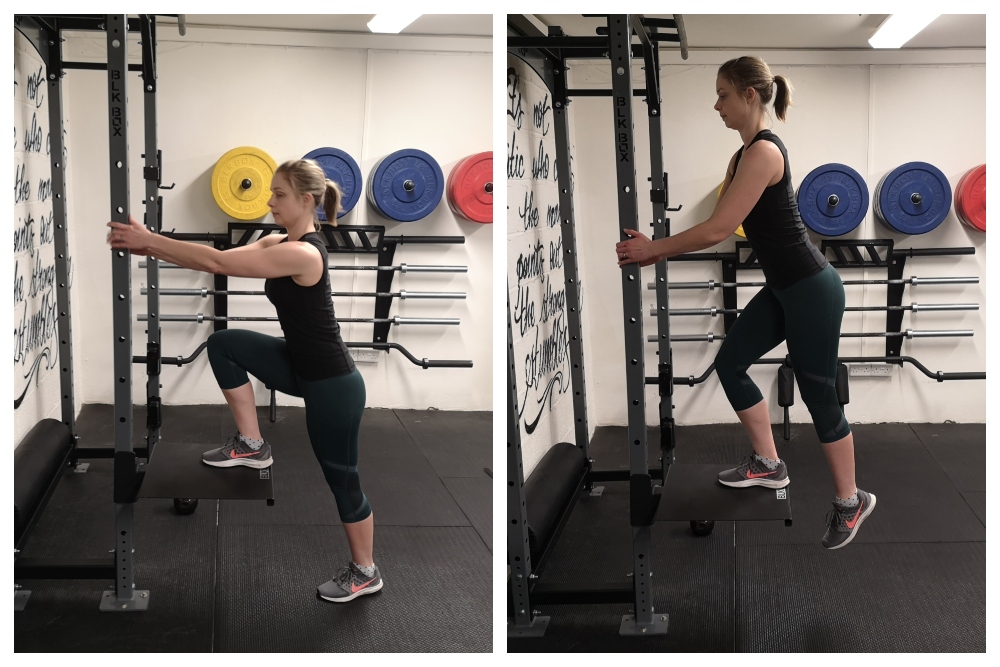
Strength and conditioning consultant Neil Lewis suggests six exercises to form the core of your cycling strength training routine.
3 sets of 8-10 reps with 90 sec rest in between
Beginner: Body weight only with support where needed
Progression: Remove support
Advanced: External load. (This can be as simple as books in a rucksack)
Note if there is a difference between your left and right. If you feel one side is weaker than the other, do an extra set on the weaker set.
3 x Pushing exercise
Pistol squat
Bulgarian squat
Single-leg step up
3 x pull exercises
Hamstring bridge – single leg with foot on chair or bed knee at 75 degree angle lift hips off floor
Hamstring curl using a TheraBand
Reverse plank marches
Do professional cyclists lift weights?
Yes. Cyclists from all disciplines from speed and power events such as BMX and track sprinting through to endurance cyclists such as Tour de France riders and mountain bikers all do some form of weight training. The difference between the disciplines is in how much they lift, the number of repetitions and the frequency of their weight training sessions. Weight training increases your ability to express force, to push harder on the pedals, so you will go further for every pedal stroke.
Hannah Reynolds interest in cycling began while studying for a degree in Sports Science at the University College Chichester and surrounded by elite level cyclists. She is now undertaking a PhD at Sheffield Hallam University investigating the use of e-bikes by older people.
A committed dabbler whose passion outweighed her talent Reynolds has competed across all disciplines of cycling bar BMX. In the very distant past she has been south-east road race champion, southern cyclo-cross champion and finished third in the European 24hr Solo mountain-bike champs in 2011. She was also the Fitness Editor of Cycling Weekly for 15 years.
Hannah Reynolds is author of several cycling books, France-en-Velo a guide to the ultimate 1000 mile cycle route from the Channel to Med; Britain's Best Bike Ride. LEJOG1000; A 1000 mile journey from Land's End to John o' Groats and 1001 Cycling Tips.
